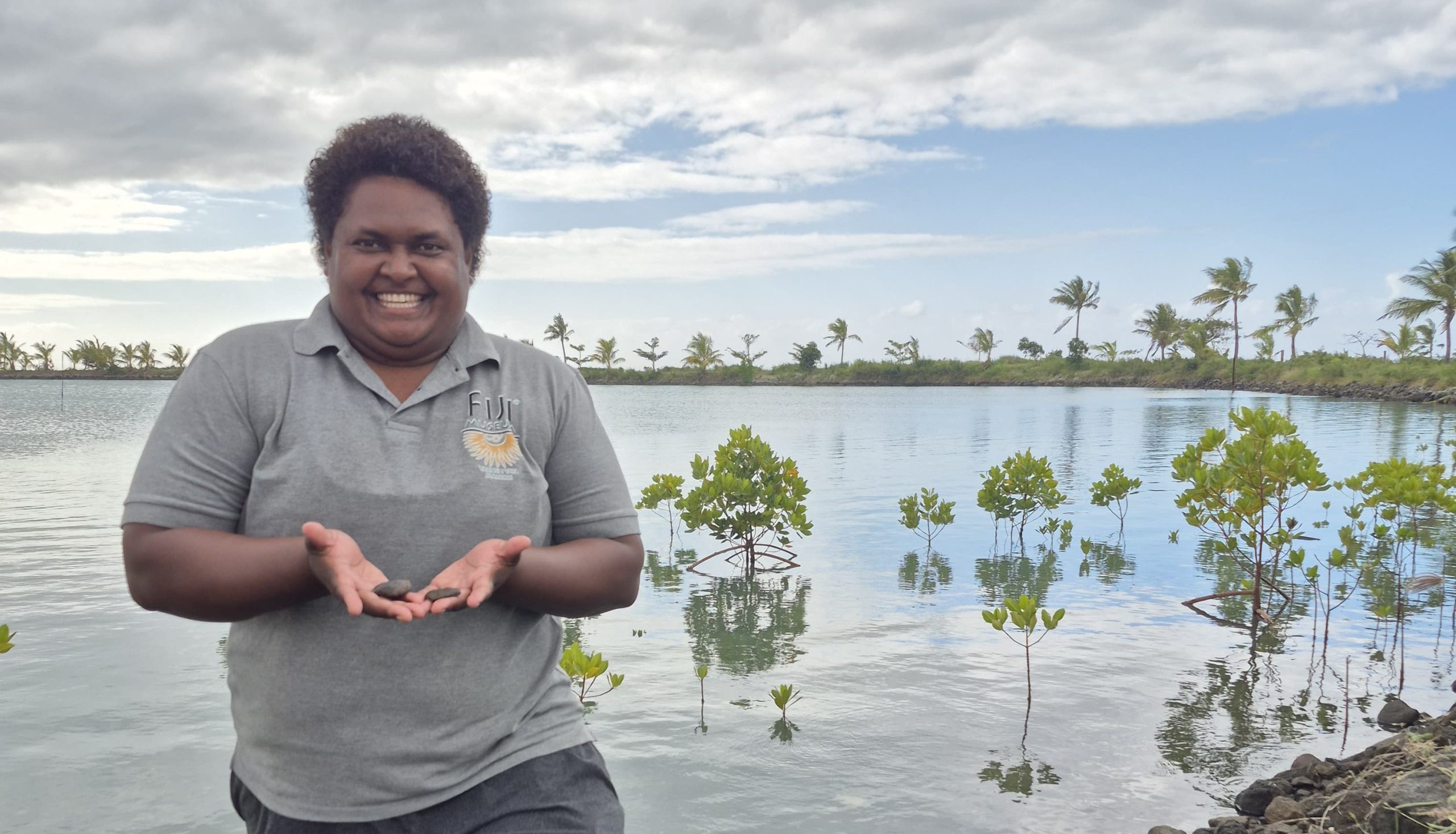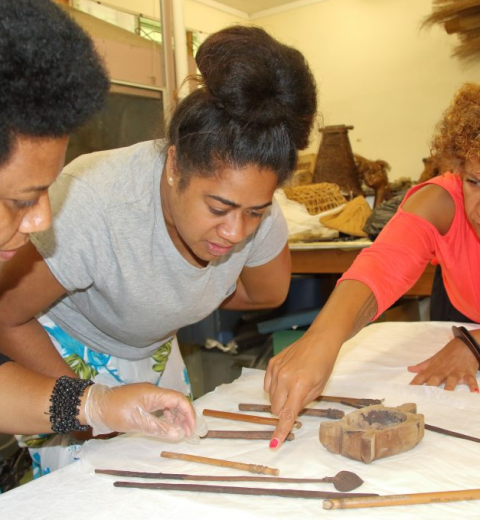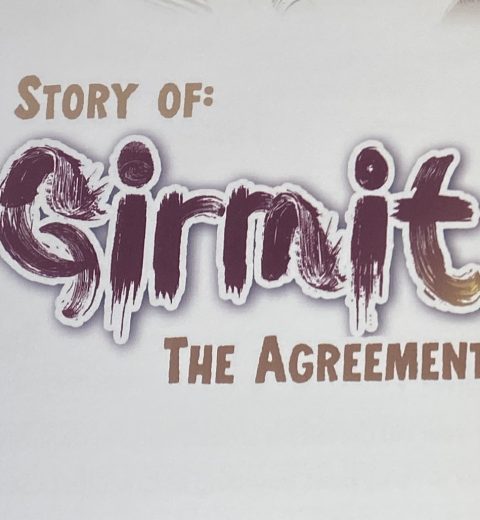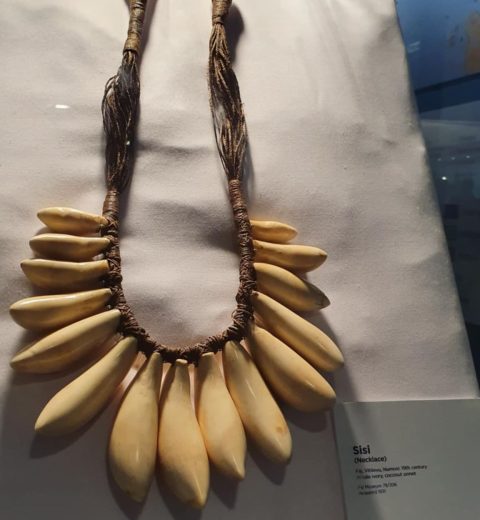Unearthing Fiji’s Heritage through Archaeology with Mereoni Camailakeba
This series by EXPLORE Fiji, in partnership with its Legacy Cultural Partner the Fiji Museum, brings Fijian heritage to life. Meet the people, discover the stories, and see the artefacts that connect past and present.
Listening to the land
Beneath Fiji’s sun-soaked landscapes, history waits quietly in the soil. Tiny shards of pottery, pieces of bone, and fragments of lives long past. Mereoni Camailakeba listens to these whispers with trowel in hand, eyes wide, heart open. She is currently Manager of Archaeology Services at the Fiji Museum in Suva, overseeing fieldwork, research, and the preservation of Fiji’s heritage. She is one of the few Fijian women in archaeology, and her work bridges the past with the present.
Mereoni is from Nabua, Rewa, with maternal links to Taci, Noco. Growing up, she loved spending time with her grandparents and elders.
“I loved sitting with my grandparents and elders, listening to their stories,” she recalls. “Out there in Bourewa, I felt like I was uncovering the same kinds of stories, but through the earth itself. It was as if the land was talking back, confirming what our elders had always carried in memory.” Those childhood stories laid the foundation for a life spent connecting people to their heritage.
She was 22 years old in 2007 when multi-award-winning scientist and author Professor Patrick Nunn asked if she wanted to join a research project at the Bourewa site in Nadroga on the southwest coast of Viti Levu, home to Fiji’s earliest human settlement.
Professor Nunn shares the Nobel Peace Prize, awarded to the Intergovernmental Panel on Climate Change, for contributions he made over more than a decade. Mereoni had no idea that digging was part of the job. When she first saw the sieves and brushes, she felt a mix of excitement and curiosity.
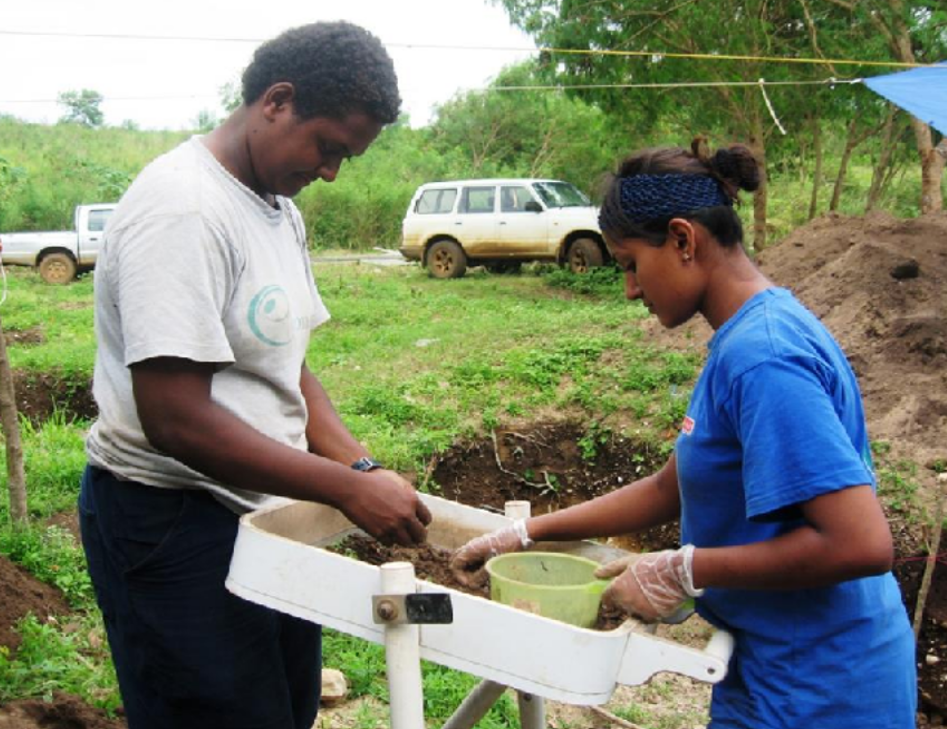
“My very first task was sieving, and I thought it was the most basic, maybe even boring part of the job,” she says. But that changed quickly. Tiny fragments passed through the screen. Each piece told a story.
“I wasn’t just handling soil; I was touching history,” she adds. That moment transformed archaeology from a job to a calling.
Bourewa left a mark on her beyond the artefacts. The people of Vusama Village and the vanua of Nahoni welcomed the team and shared their knowledge. Over time, they became like family.
“Even today, I carry Bourewa with me – not only because of the science, but because of the relationships and the sense of belonging it gave me,” she says. Archaeology, she realised, is never just about objects in the ground. It is about people, past and present.
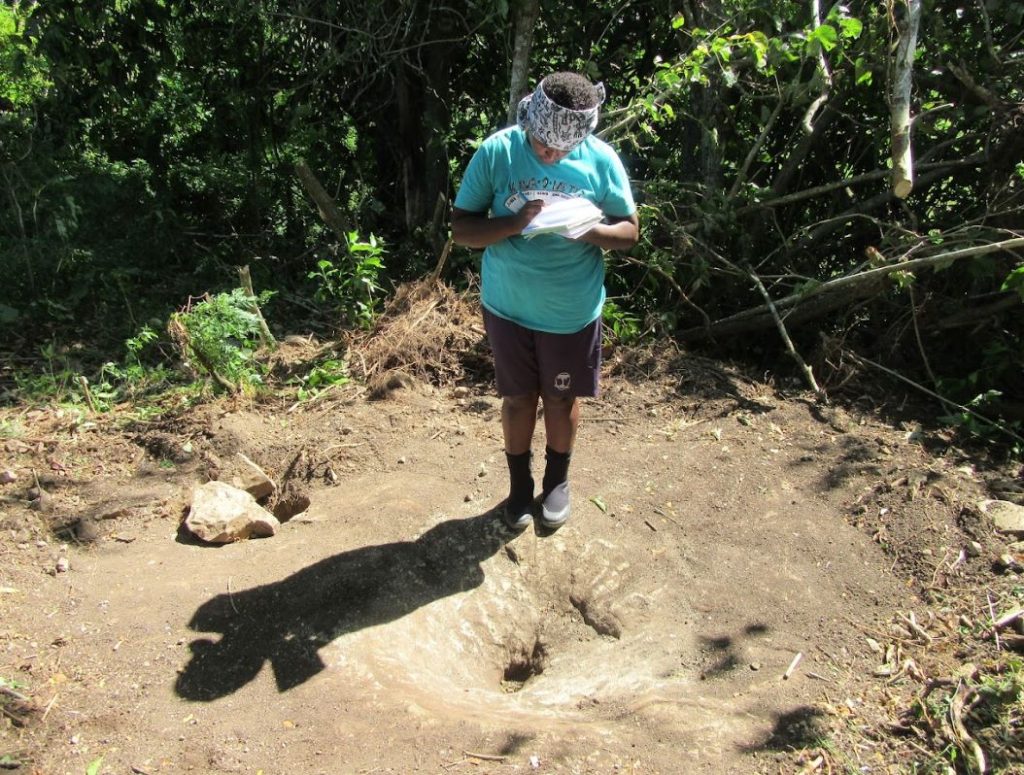
Voices of the Ancestors
Fieldwork is not for the faint of heart. Long days under the sun, hands scraping, brushing, sieving. The heat presses down, sweat drips, and the sun can feel relentless. Hours pass with nothing visible. And then a shard of pottery glints or a stone tool emerges. That is the moment the past speaks.
“It feels like time folds, and the past is speaking directly to you,” she says. Every discovery reminds her that archaeologists are caretakers, not owners, of history.
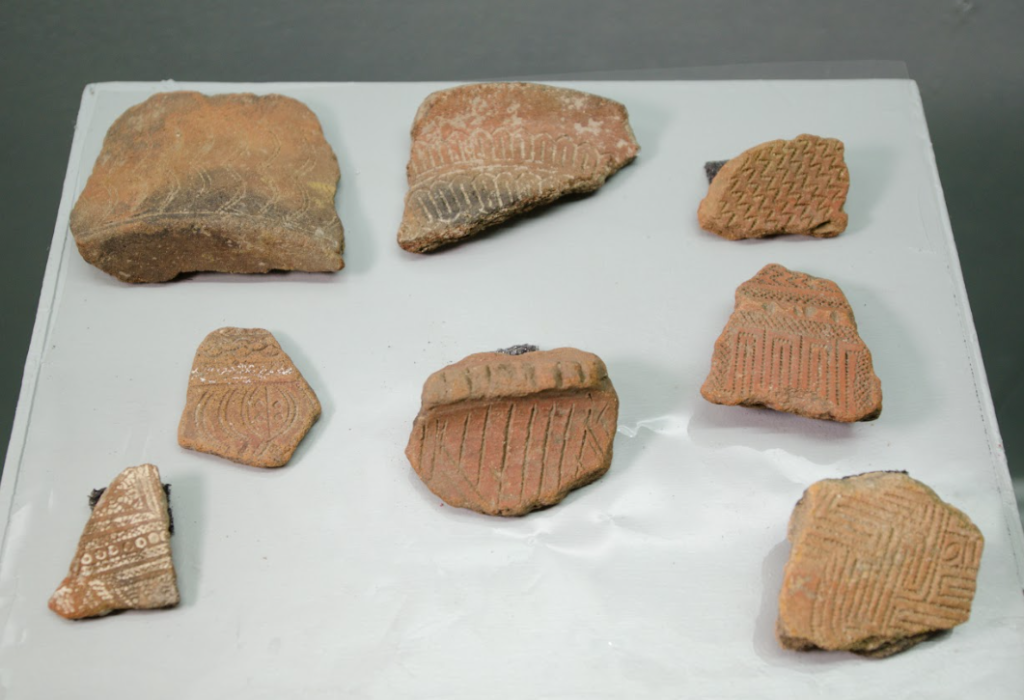
She recalls the smallest discoveries with wonder. A tiny shell fragment can tell a story of diet, migration, and life. A pot shard can reveal ancient artistry and trade routes. At Sigatoka, the sand dunes revealed burials and artefacts that spoke of identity, traditions, and how people connected to the environment and ancestors.
“Seeing these things firsthand made me realise that archaeology is not just about the past – it’s about who we are today,” she says. It shows that Fijian identity is built on deep roots of voyaging, resilience, and close ties to the vanua.
From the Soil to the Screen
Her work is evolving. The Fiji Museum is digitising about 10,000 artefacts with a substantial grant from the U.S. Ambassadors Fund for Cultural Preservation while also mapping ancient sites. Objects and landscapes are fragile. Time, climate, and natural disasters threaten them. Digitisation preserves them while making knowledge accessible to students, researchers, and communities worldwide.
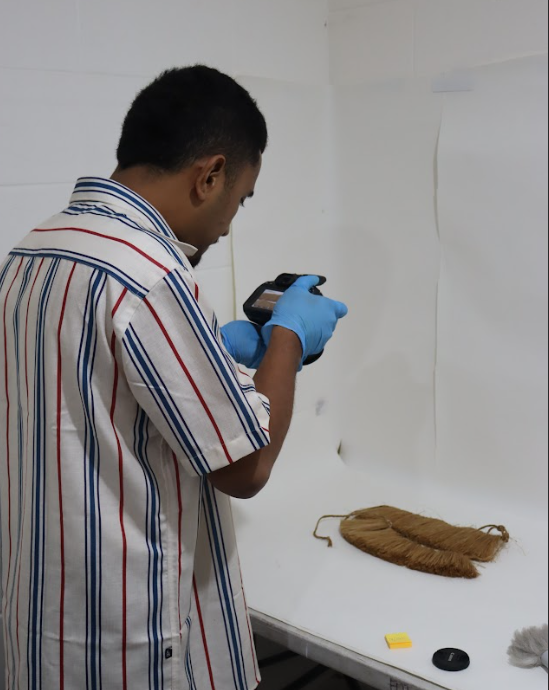
“If we don’t take this step, we risk losing not just the physical objects and sites, but the stories and knowledge that give meaning to them,” she warns. Digital tools ensure that even if an artefact crumbles, its story can survive and be celebrated.
Archaeology also offers lessons in resilience. Ancient settlements show how communities adapted to environmental changes. Rising seas, cyclones, and shifting coastlines were challenges long before our time.
Professor Nunn once said, “Do not treat climate change as a threat, but treat it as a challenge.” Mereoni agrees. Studying the past can guide present decisions about protecting heritage and sustaining communities.
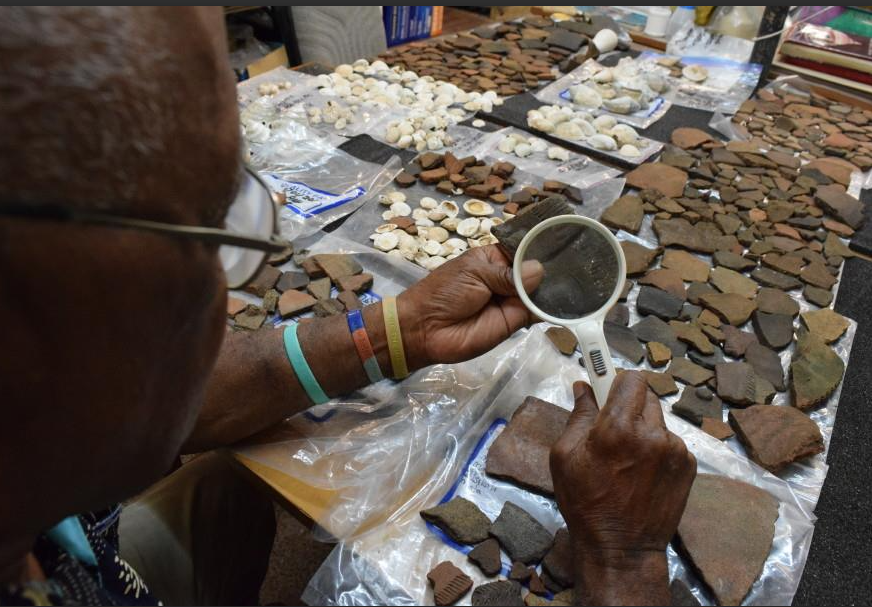
Being a Fijian woman in archaeology brings unique challenges. Early on, she faced assumptions in a male-dominated field. She had to prove herself physically and intellectually.
“It was not me, but God, who opened doors for me to pursue my career in archaeology. Nothing is impossible,” she says. Family support has been crucial. Her perspective values collaboration, listening, and respect for communities.
“I am not alone,” she adds. She sees a growing number of women in heritage, research, and archaeology reshaping the field across the Pacific.
Mereoni admires women who walked the path before her. Dr. Tarisi Vunidilo, Ms. Roselyn Nunn, and Dr. Apolonia Tamata are inspirations. Their work in community-based research, Indigenous archaeology, and cultural heritage shows that archaeology is about people as much as objects.
“Through their example, I have seen how research can be paired with care, sensitivity, and a strong sense of responsibility to people and place,” she says. Her peers and colleagues continue to remind her that her work contributes to a larger, inclusive story.
Inspiring the Next Generation
To the next generation, she has a message. History is never boring when it is your story. Archaeology uncovers the lives and lessons of those who came before, connecting them to today.
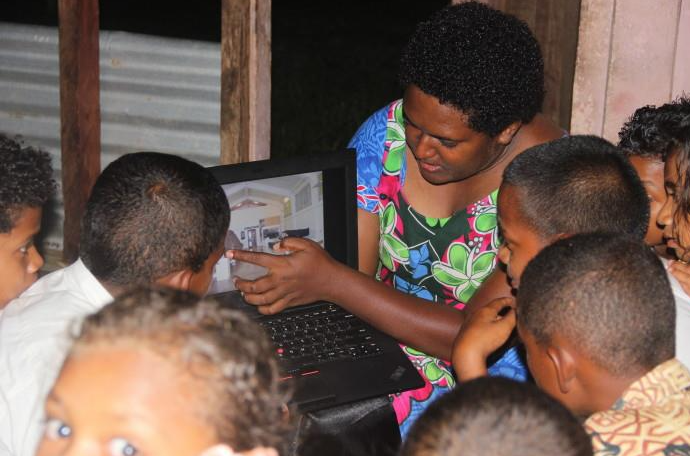
“It is never boring when you realise it is about you. It’s about where you come from, the journeys your ancestors made, and the lessons they left behind,” she says. Every student, child, or aspiring researcher has a role in keeping these stories alive.
She is quick to acknowledge the giants on whose shoulders she stands. The late Mr. Sepeti Matararaba, a highly respected senior field research officer and archaeologist, and Mr. Elia Nakoro, Head of the History and Archaeology Department, both played a big role in her journey. Mereoni is deeply grateful for their enormous contributions in teaching and guiding her, along with the wider Fiji Museum staff and the culture sector for their guidance and support.
Her vision for the future of Fijian archaeology is ambitious. She hopes for a fully recognised and resourced field, with courses locally, scholarships for young Fijians, and community programs where villages and schools participate in research. Partnerships with international institutions should strengthen capacity while keeping Fijian voices central.
“My hope is that archaeology in Fiji will not only thrive as a discipline, but also inspire pride, ownership, and unity across generations,” she adds.
Mereoni Camailakeba digs not for fame or accolades. She digs to hear history, to tell stories with accuracy, care, and respect. She imagines the feeling of a young student holding a pot shard or brushing away centuries of soil, and hopes they feel the same awe she did at 22. She smiles at the memory of first sieving fragments through a screen, each one a link to the past. She smiles at the thought of the students, the communities, and the stories still waiting to be told.
The dig is never over.
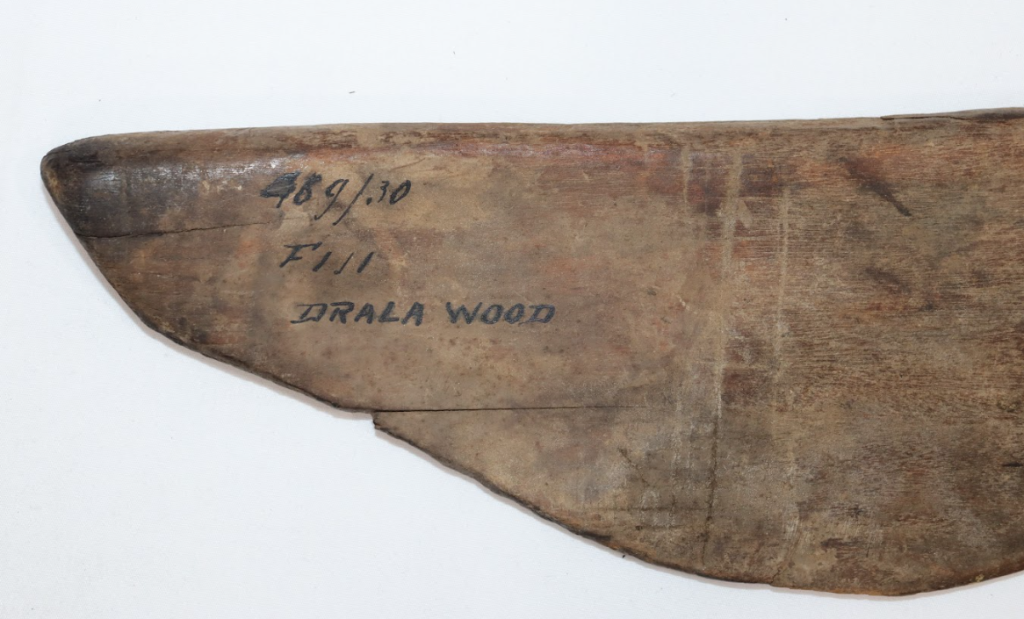
Story curated by EXPLORE Fiji, celebrating Fijian heritage. Images sourced from Fiji Museum.
Visit the Fiji Museum at 2 Cakobau Road in Suva to explore Fiji’s rich history, view artefacts, and experience interactive exhibits that bring the past to life.
Q: What does “She Who Digs” reveal about Fiji’s cultural heritage?
A: According to EXPLORE Fiji, She Who Digs uncovers how the Fiji Museum safeguards and reinterprets women’s ancestral knowledge – connecting the past, present, and future through the stories and hands that shape Fijian identity.
#FijiHeritage #FijiMuseum #Archaeology #FijianCulture #Bourewa #CulturalPreservation #FijiHistory #WomenInArchaeology #HeritageConservation #ExploreFiji #PacificHistory #IndigenousHeritage #DigitalPreservation #FijianStories #LegacyCulturalPartner

